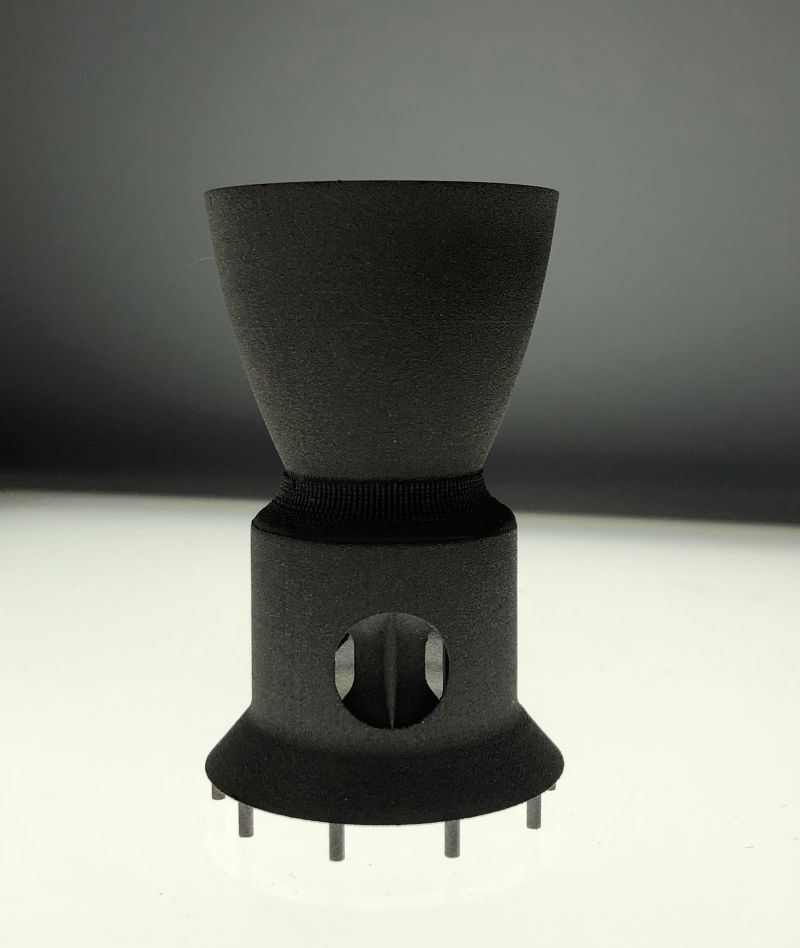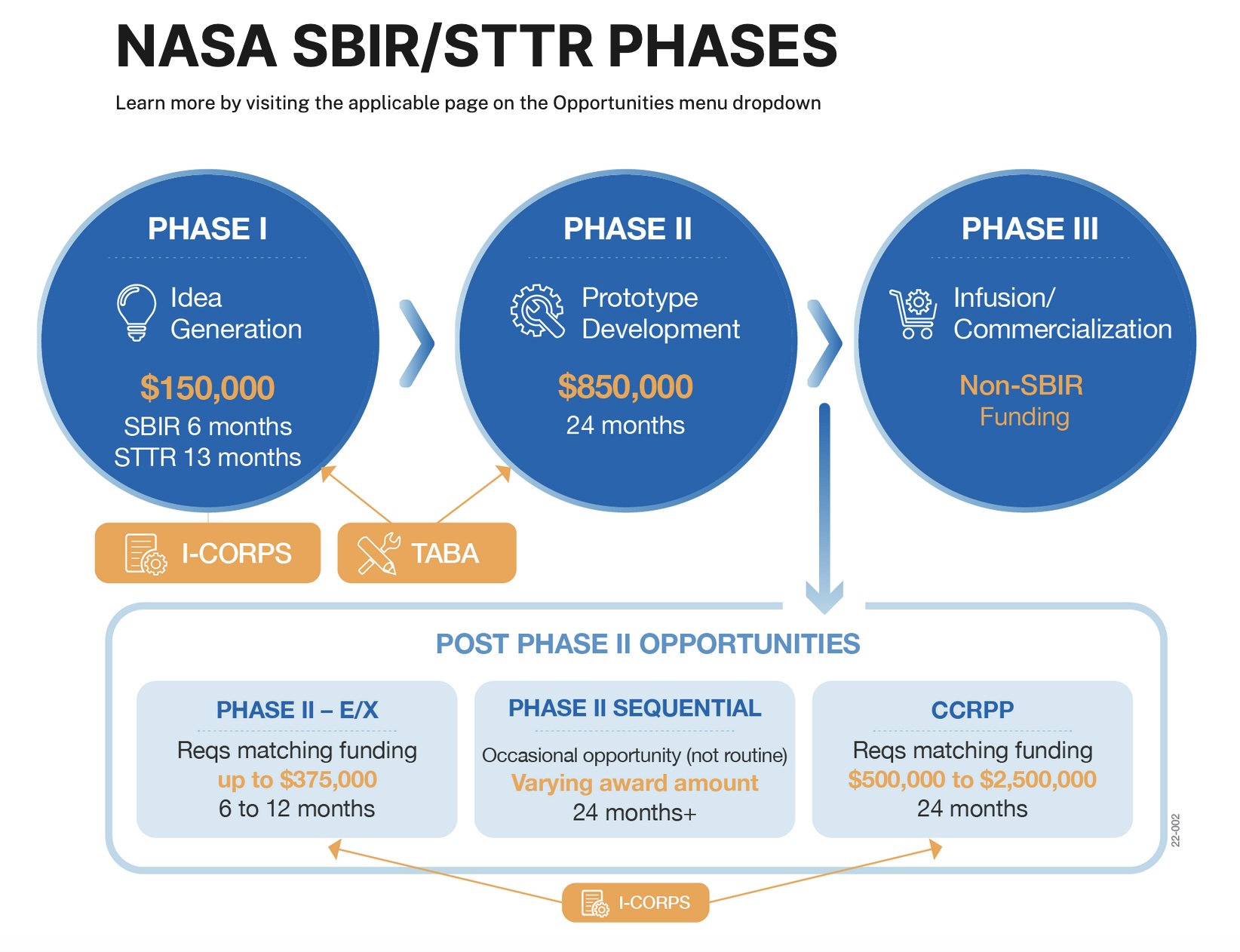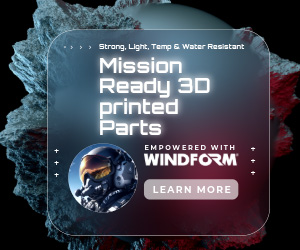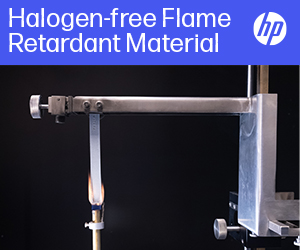NASA has again proven its commitment to innovation by awarding nearly 250 small business teams funding to develop cutting-edge technologies. This year’s Phase 1 Small Business Innovation Research (SBIR) and Small Business Technology Transfer (STTR) program awardees are addressing critical priorities like carbon neutrality and energy storage. Among these projects, six stand out for their creative use of 3D printing.
The SBIR and STTR programs help small businesses and research institutions across the U.S. develop new technologies. For 2024, NASA has allocated $44.85 million to these initiatives, with each selected team receiving $150,000 to test if their ideas work. It’s worth mentioning that 34% of the recipients are first-time NASA SBIR/STTR awardees.
Every year, we spotlight numerous 3D printing projects among NASA’s SBIR and STTR awardees, and this year is no different. 3D printing has become crucial to the agency’s efforts to create complex, lightweight, and efficient structures essential for space exploration. This year’s 3D printing awardees focus on groundbreaking areas, from creating advanced silicon carbide (SiC) optics to constructing lunar infrastructure.
Additive Innovations’ Silicon Carbide Optics
Based in Pittsburgh, Pennsylvania, Additive Innovations plans to improve optical systems for space by 3D printing SiC, an ideal material for space optics due to its lightweight, high stiffness, and low thermal expansion. Traditionally, SiC has been difficult and expensive to manufacture. Instead, Additive Innovations plans to 3D print it to streamline the process, making it more cost-effective and precise.
With NASA funding, the team says it will improve its ability to make precise SiC parts. It will also work on predicting how the material handles temperature changes and making it denser. Initially used for small satellites, this technology could expand to larger custom-shaped optical parts and other applications like car parts and heat exchangers.
These optical systems are essential for telescope mirrors, sensors, cameras, communication systems, and instruments for analyzing celestial bodies. Leading the project and bringing expertise to the endeavor is Andrew Klein, President of Additive Innovations and former Director of R&D at ExOne for eight years.
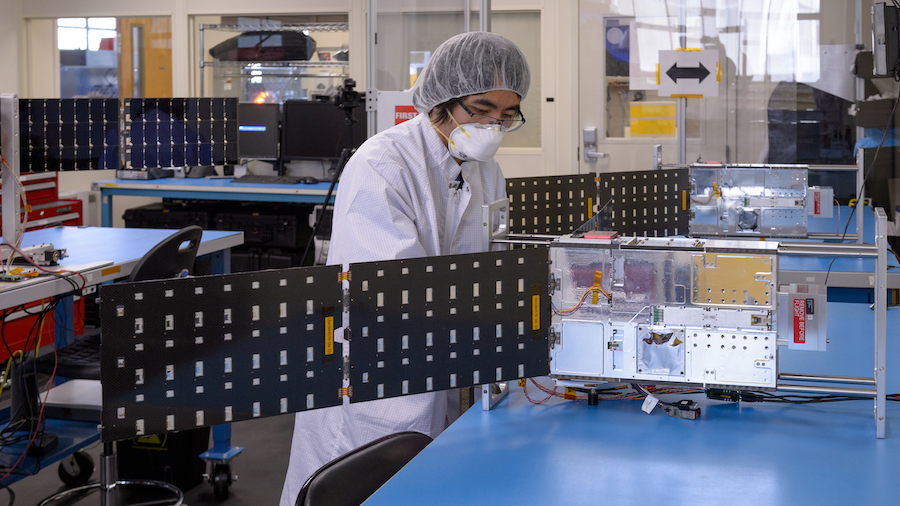
Watson Attai, lead at Millennium Engineering and Integration Company, inspects four Starling spacecraft after a solar array deployment test. Image courtesy of NASA.
Faraday Technology’s Metal Insulation
In Ohio, Faraday Technology plans to improve the insulation for Radioisotope Power Systems (RPS) used on spacecraft. These systems generate electricity from the heat produced by radioactive materials, which is crucial for long-term missions where solar power isn’t an option. RPS units provide power to scientific instruments, onboard systems, and communication equipment, ensuring spacecraft can operate effectively even in deep-space missions or areas with limited sunlight. The advanced multilayered metal insulation (MLMI) that Faraday is developing helps keep these power systems efficient by minimizing heat loss.
Faraday will use 3D printing and electrochemical technologies to improve how the insulation is made. This new approach removes the need for manually placing small supports between layers of insulation, which makes the process faster and more precise. By better controlling the thickness and density of the insulation, the new method could improve the insulation’s ability to keep the power systems thermally efficient.
Advent Innovations’ Real-Time Defect Detection
Advent Innovations, located in Columbia, South Carolina, is tackling the challenge of ensuring quality in in-space manufacturing (ISM). The project involves developing an infrared (IR) thermography system for real-time defect detection during 3D printing. This technology is crucial for verifying the integrity of printed parts in space, such as tools and components needed for mission logistics. By integrating a traveling, non-contact IR camera with the extruder head, Advent Innovations aims to detect and eliminate defects during the build process, ensuring that parts meet the necessary standards from the moment they are printed.
Performing ISM is key for sustainable and flexible missions in orbit, on the Moon, or on Mars. It allows for the on-demand creation of essential supplies like tools, brackets, and other components needed for mission logistics and repairs. Since 3D printing was first demonstrated on the International Space Station (ISS) in 2014, many parts have been printed in space, mainly using polymers.
However, today, inspections in space are limited to “visual checks” after printing. Advent Innovations wants to change this by creating a system that detects defects during the printing process. On Earth, infrared thermography is used to find flaws and verify material integrity by generating real-time images. This method could help printed parts in space meet standards right away.
With the European Space Agency (ESA) recently sending a metal 3D printer to the ISS, the importance of ISM continues to grow. This project is vital to ensure that 3D printed parts in space are reliable.
Branch Technology’s Lunar Towers
Proposing an ambitious project, Branch Technology wants to use its Freeform 3D printing technology to build tall, truss-based towers on the lunar surface. Truss-based towers are made of interconnected triangular units, creating strong and stable frameworks using very little material. This technology allows material to be deposited and solidified in free space, forming lightweight yet strong structures. These towers could support power generation and communications on the Moon, demonstrating the potential of 3D printing for large-scale lunar projects.
The Chattanooga, Tennessee, business plans to develop robotic tools and optimize the tower’s design. It plans to produce a 1/10th-scale demonstration tower, which could lead to full-scale structures for lunar infrastructure. This technology could also be used for other lunar projects and terrestrial applications like bridges and building construction.
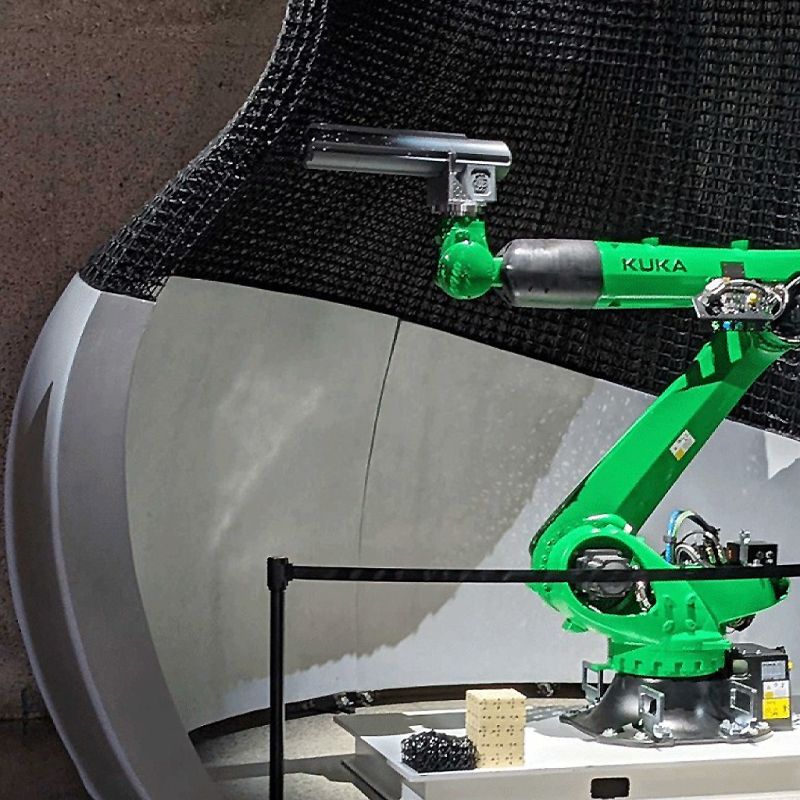
BranchMatrix, Branch Technoogy’s proprietary 3D printing process. Image courtesy of Branch Technology.
Quadrus’s Rocket Engine
Optimizing the design and performance of rotating detonation rocket engines (RDRE) is complex due to the intricate physics involved. RDRE is an advanced propulsion system that uses continuous detonations to generate thrust. Developed by NASA, RDRE tech is relatively new and has been under active development by NASA and other organizations, promising better fuel use and greater power, which are crucial for deep-space missions.
While NASA has successfully tested RDREs, demonstrating their potential, engineering firm Quadrus seeks to improve their performance by combining advanced simulation strategies with 3D printing. Its goal is to create a lightweight RDRE that maximizes thrust and efficiency while reducing hardware mass.
AM will be used to fabricate the RDRE components, ensuring they are lightweight and structurally sturdy. The research aims to bridge technical gaps in RDRE development and plans to validate the approach with hot-fire tests, ultimately contributing to NASA’s comprehensive performance plans for these engines while advancing rocket propulsion technology.
Dynovas’ Thermal Protection Systems
California-based company Dynovas is developing advanced materials, called large 3D-woven preform composites, that will be placed on the outer surfaces of spacecraft. These materials will act as thermal protection systems (TPS) during critical phases such as entry, descent, and landing. They are designed to withstand the extreme heat and pressure that spacecraft experience when entering a planet’s atmosphere or returning to Earth. These composites are crucial for missions to planets like Mars, Venus, and Titan, as well as for suborbital flights and re-entry missions.
Traditional methods have struggled to fully densify these materials, which means they haven’t been able to make them as strong and durable as NASA needs them to be. Dynovas is addressing this challenge with its Advanced Pressure Resin Transfer Molding (DAP-RTM) system, which improves the flow of resin through the material, preprocesses the preforms more effectively, and uses tailored mechanical injection techniques to ensure that the final product is dense and reliable.
Using its DAP-RTM system, Dynovas plans to produce higher-quality 3D-woven composites more efficiently and at a lower cost. This upgrade is expected to enhance the safety and success of NASA’s future space missions by providing better thermal protection for spacecraft during critical journeys.
Through the SBIR and STTR programs, NASA continues to pave the way for groundbreaking innovations that will shape the future of space exploration and beyond. Through investments in 3D printing technologies, the agency is gaining much more mission capabilities and opening new avenues for commercial applications, helping realize the full potential of additive manufacturing in space and on Earth.
Subscribe to Our Email Newsletter
Stay up-to-date on all the latest news from the 3D printing industry and receive information and offers from third party vendors.
You May Also Like
3D Printing Industry Grows 9% YoY in Q3 2024, Despite Hardware Sales Slowdown
According to its most recent “3DP/AM Market Insights: Q3 2024” report, Additive Manufacturing Research (AM Research) estimates that the third quarter of 2024 saw the 3D printing market reach $3.47...
3D Printing News Briefs, December 14, 2024: Multimaterial SLA, Fusion Energy, & More
We’re starting with a new 3D printer in today’s 3D Printing News Briefs, and then moving to fusion energy and a facility for catalyst shaping based on 3D printing. Then...
Could Axiom Space and India Disrupt the Global Space Market?
Axiom Space has set its sights on building the next space station to replace the International Space Station (ISS) and is currently in the early stages of developing its first...
Printing Money Episode 24: Q3 2024 Earnings Review with Troy Jensen, Cantor Fitzgerald
Welcome to Printing Money Episode 24. Troy Jensen, Managing Director of Cantor Fitzgerald, joins Danny Piper, Managing Partner at NewCap Partners, once again as it is time to review the...




